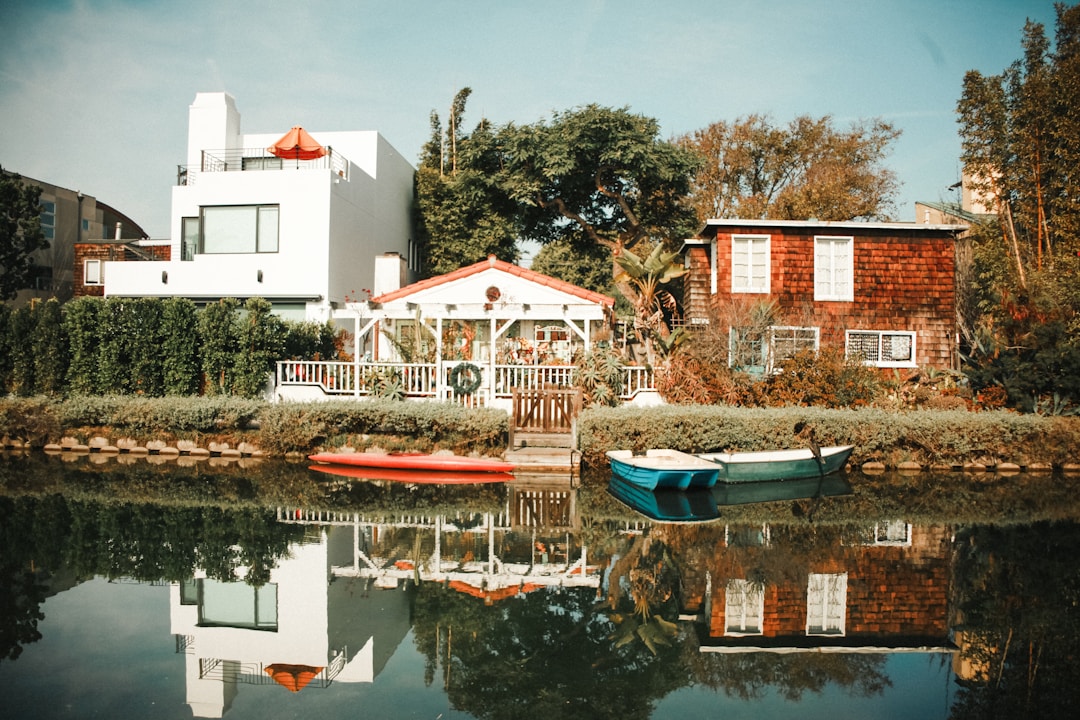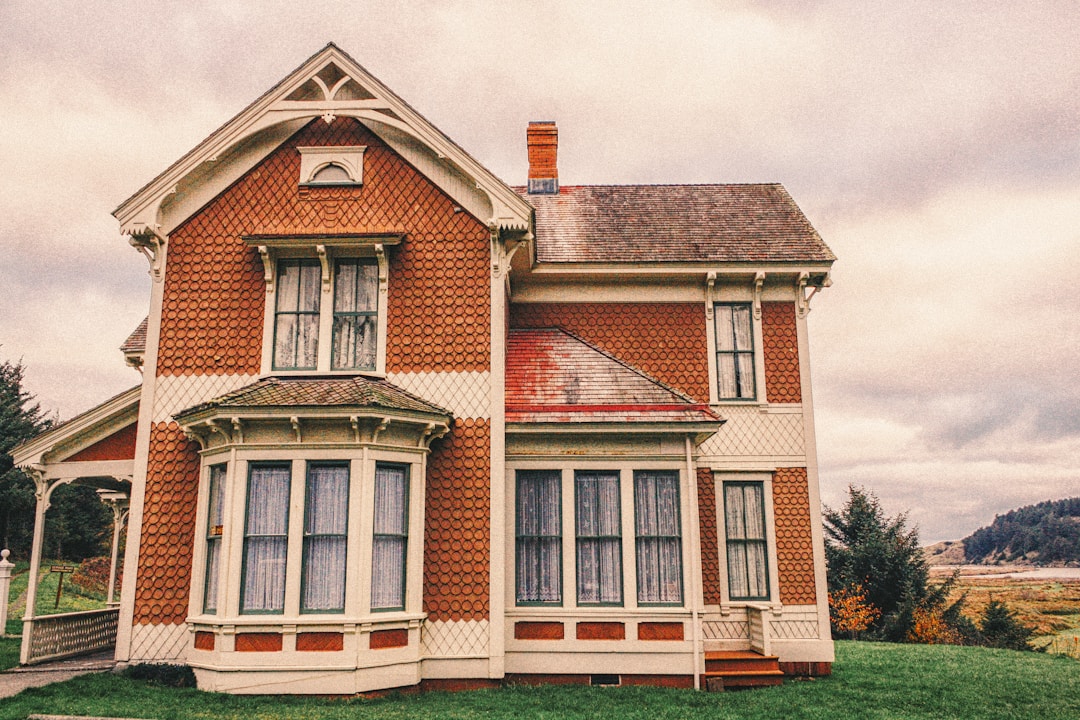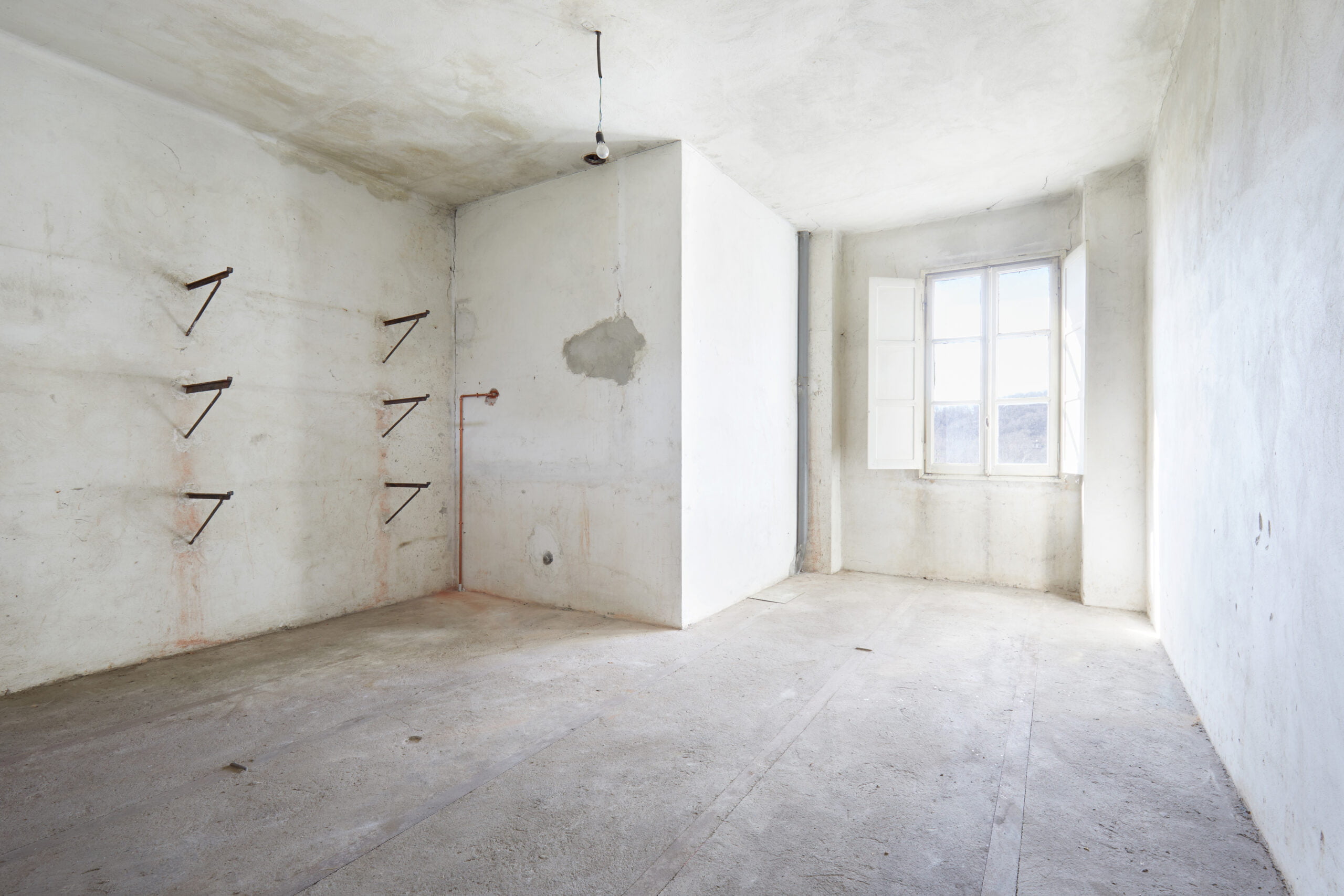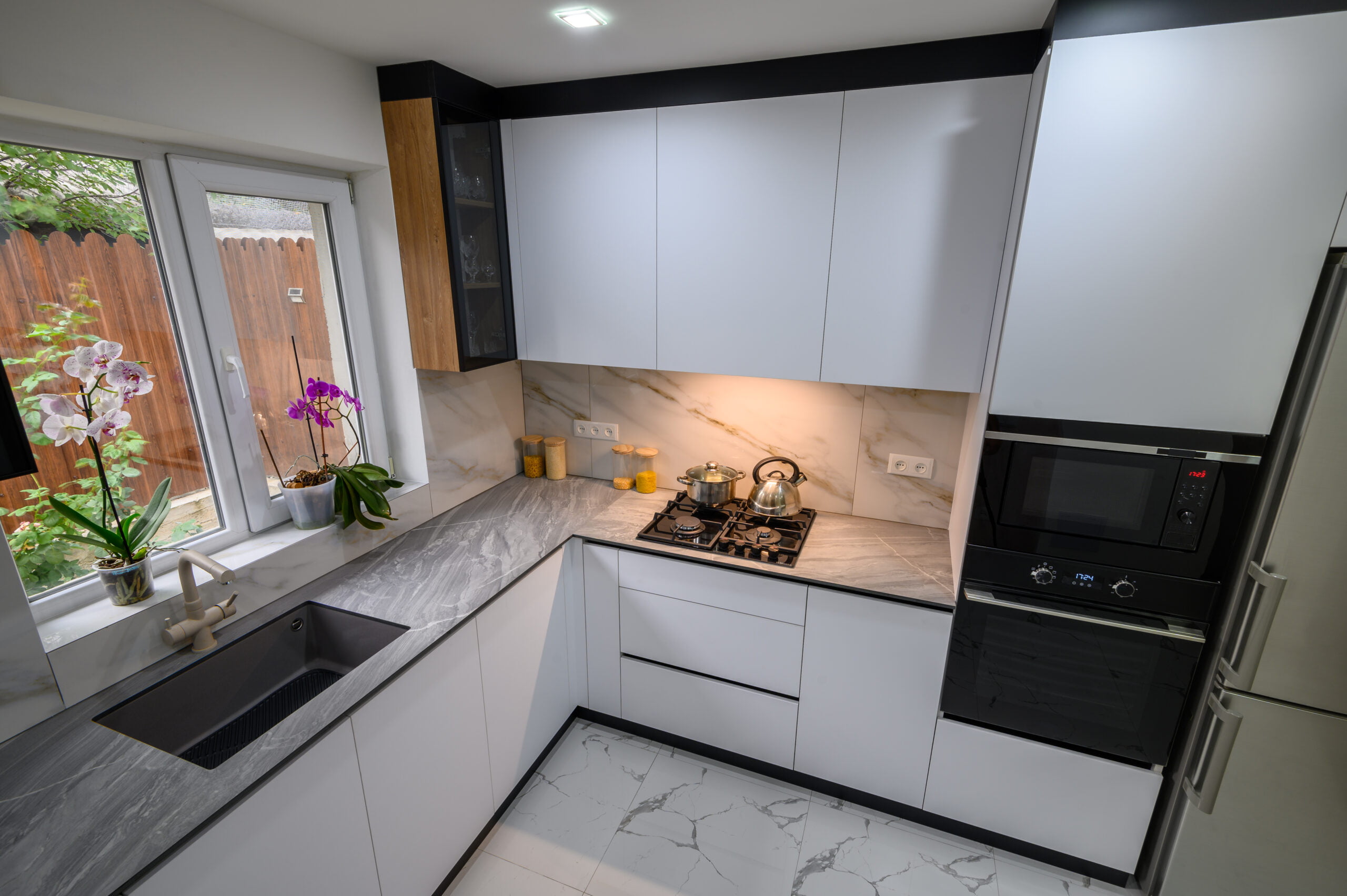Flipping aging homes can be a profitable investment if done correctly. The process involves understanding market trends, identifying potential houses, planning budgets, renovating, and making sure you sell for profit. In this article, we will guide you through each of these steps to ensure your house-flipping venture is a success.
Understand the Concept of Flipping an Aging Home

Flipping an aging home involves buying an old property at a low price, renovating it, and selling it for profit. It’s a practice that can yield significant returns, but it also demands a considerable amount of time, effort, and expertise.
Knowing the local real estate market is vital. Understanding the types of homes that sell quickly in specific neighborhoods will help determine the initial investment. Alongside this, it’s also crucial to have an understanding of repair costs, which include elements such as a heating service in La Porte.
Additionally, regulations such as zoning laws and inspections should be kept in mind. Local regulations can sometimes put a halt to renovation plans or add unexpected costs.
Furthermore, the success of a flip also depends on the economic condition of the area. Therefore, understanding the concept involves mastering multiple areas of expertise.
Renovation Techniques for Aging Homes
Renovating an old house can be challenging. Problems often crop up unexpectedly, so it’s important to be flexible and ready to solve issues as they arise.
Focus on major issues first. These include structural damage, mold, decaying timbers, and outdated systems. Make sure the house is structurally sound and safe to move into.
Consider including some modern features like energy-efficient appliances or solar panels, which can appeal to environmentally-conscious buyers.
Integrate some low-cost, high-impact changes like a fresh coat of paint, polished floors, and some artificial plants for indoors. These can enhance the overall aesthetic appeal of the house without breaking the bank.
Identifying Potential Houses for Flipping
Not all aging houses are ideal for flipping. The best ones are those that require minor cosmetic improvements and not significant structural changes.
Distressed properties, like foreclosures, can be good candidates for flipping. They’re often sold below market value, leaving plenty of room for renovations and profit.
The location of the house also significantly affects its marketability. Houses in desirable neighborhoods tend to sell faster and at higher prices. Therefore, knowing the local real estate landscape is crucial.
Make sure to execute due diligence before the purchase, making sure to inspect the premise thoroughly for potential problems that could significantly impact the renovation budget.
Comprehensive Planning and Budgeting for a Flip

Planning and budgeting form the backbone of a successful house flip. Begin with a detailed plan, defining the extent of renovation, timeline, and resources required.
While planning renovations, choose designs and materials that appeal to a broad range of buyers. Something as simple as maintaining a neutral palette can make a big difference to potential buyers.
Proper budgeting is equally important. Not only should it include the cost of purchase and renovations but also other expenses including closing costs, utilities, insurance, and property taxes.
Having a contingency fund is a must. Unexpected costs are almost a given in any renovation project. Therefore, it’s wise to have a buffer in the budget for unforeseen expenses.
Selling the Flipped Home for Maximum Profit
When it’s time to sell the flipped home, price it accurately. Overpricing can lead to the house staying on the market for too long, which may raise questions about its quality among potential buyers.
Staging the home can go a long way in helping sell it faster. This involves furnishing and decorating the house to showcase its potential and help buyers visualize living there.
Marketing the home is another important aspect. Listing it on popular real estate sites, hosting open houses, and hiring a professional real estate photographer can attract more buyers.
Lastly, negotiating the deal effectively is vital. It’s advisable to have a real estate agent on board to handle this aspect and ensure the maximum profit is made.
Overall, flipping an aging home can be a financially rewarding venture if executed properly. Understanding the concept, identifying potential houses, planning wisely, renovating effectively, and selling strategically will lead to a successful flip and maximize profits in the process.






